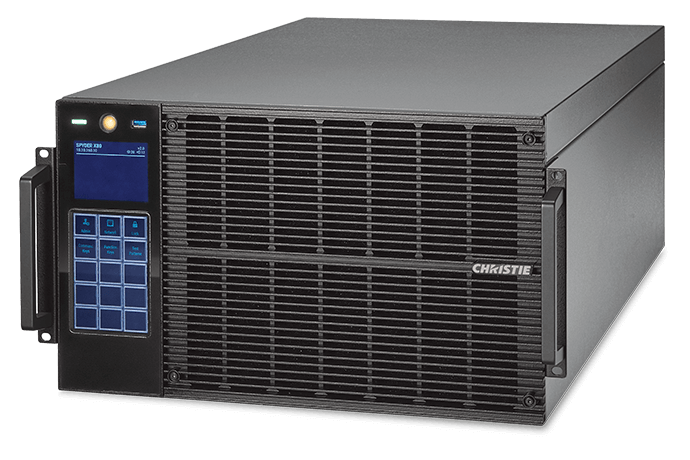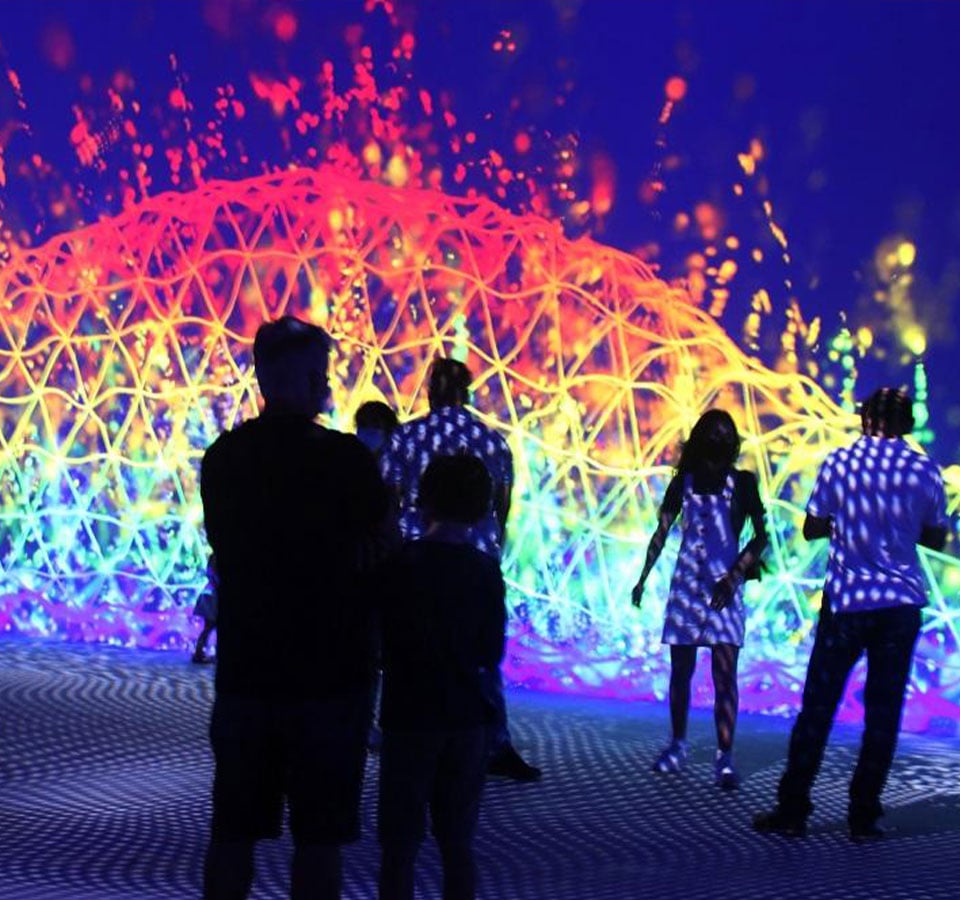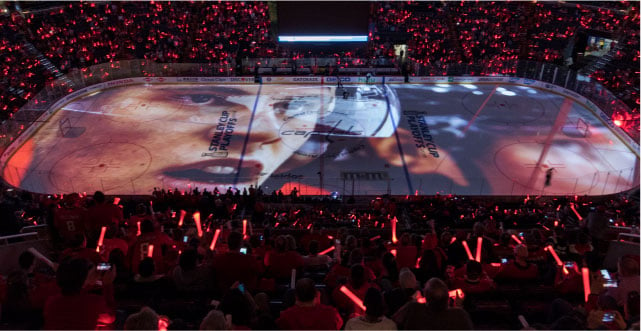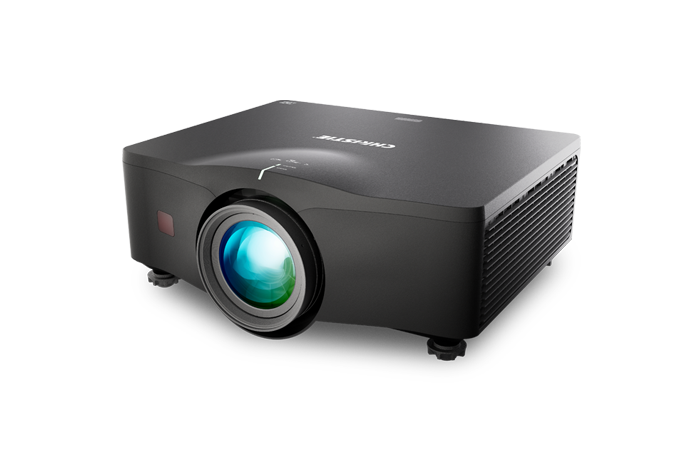
Projection mapping
|
With projection mapping, you can mask almost any surface with dynamic visuals, and transport audiences into worlds of infinite possibilities. Using Christie® technology, you can warp and blend images and videos to fit perfectly on irregularly shaped surfaces, like buildings, interior spaces, objects, and natural landscapes. Our technology is behind some of the world’s most impressive projection mapping displays – from mapping onto the world’s largest statue to projecting onto the ice at an NHL arena; or mesmerizing audiences at the Digital Graffiti festival to a restaurant table mapping display that delivered a unique gastronomic experience. Create awe-inspiring experiencesFrom high-brightness projectors and powerful processing systems to intuitive auto-alignment and show control tools, we offer everything to fully realize these incredible experiences. High-performance, high impactOur broad range of lamp, laser and RGB pure laser projectors outshines the competition, offering purpose-built features designed with the user in mind. Simplified blending and alignmentMany of our projectors offer embedded Christie Twist™ warping and blending software to easily edge-blend and stack multiple projectors on any 2D or 3D surface seamlessly. Working in conjunction with Christie Twist or Pandoras Box® Software, Christie Mystique® automates the warping and blending process. With one click, the camera-based software automatically aligns, stacks and blends multi-projector systems in minutes, with unsurpassed accuracy. Mystique supports ice and court projection mapping and 3D projection mapping on buildings, landmarks and objects. Learn more about our solutions for playing surface mapping. Create 360° circular projectionsPandoras Box Software was the first media server software to integrate soft edge blending, and with Pandoras Box Server’s real-time 3D rendering engine, it offers the most advanced image-warping and blending technology and the most flexibility in projector setups in both rear and front projections. With soft edge blending and 3D warping techniques, you can create captivating, seamless 360° circular projections. Powerful show controlFrom project conception to realization – our award-winning Christie Pandoras Box media servers and players give users complete control over the entire workflow, maximizing efficiency while unleashing creative possibilities to enable the creation of amazing visual experiences. |
Projection mapping primer
From initial planning to successful execution, this comprehensive resource gives you the essential insights and guidance to help you turn your vision into reality. |
Frequently asked questions
What is projection mapping and how is it different from traditional projection?
Projection mapping is a technique where almost any surface can be masked with dynamic visuals. By warping and blending images to fit on irregularly shaped surfaces, projection mapping solutions allow you to transform buildings, interior spaces, objects, and natural landscapes into works of art.
What are some common applications of projection mapping?
Some common applications for projection mapping include projecting onto buildings, statues, theatre productions, theme parks, museums, concerts, art installations, and playing surfaces at sporting events. With Christie® projection mapping solutions, almost any surface can be masked with dynamic visuals.
What are some of the challenges of projection mapping?
Projection mapping shows are complex projects that involve challenges such as audience size and location, ambient and site conditions, approvals, and AV budgets. Partnering with a manufacturer, staging company, or integrator with proven expertise helps streamline the entire process and mitigate risks.
Another challenge is developing content and visuals that tell a story and fit into the environment. For permanent installations, having a long-term content strategy is key to keeping the installation fresh and engaging for your audience.
What are some common environmental factors that can affect projection mapping?
Weather is one of the biggest environmental factors for outdoor projection mapping shows. For example, rain can make a light surface darker and mute colors in your projection. You also need to consider wind, temperatures, and moisture. For both outdoor and indoor projection mapping shows, you need to consider things like the amount of ambient light, distance from the projection surface, and if there are any obstructions to overcome.
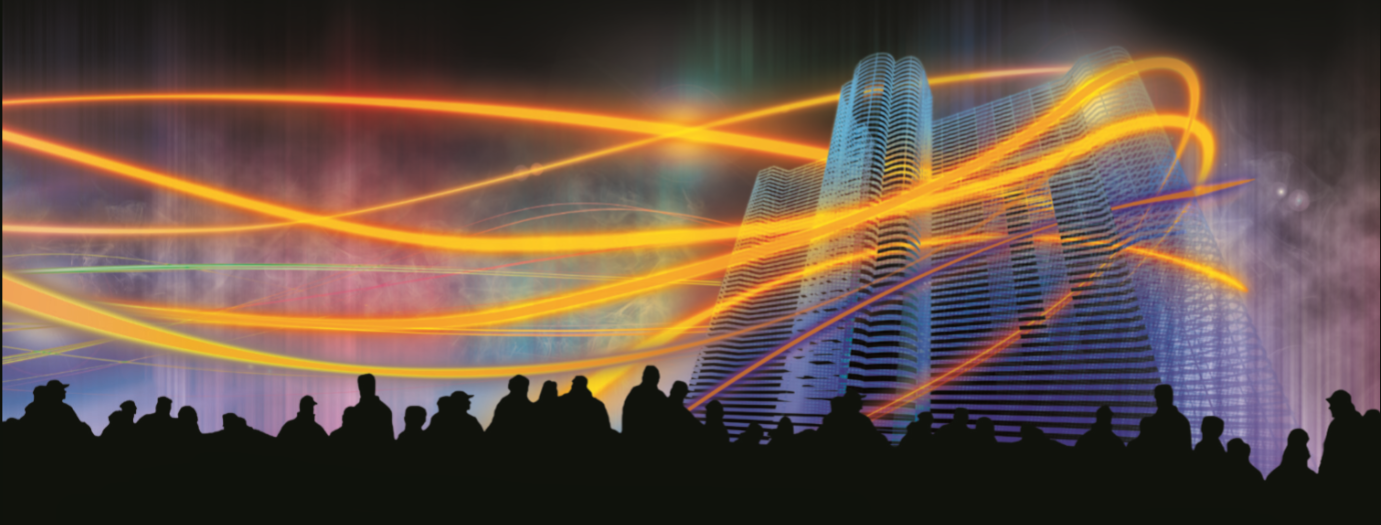
Projection mapping primer
Get up to speed on how a typical projection mapping initiative comes together.
Download your copy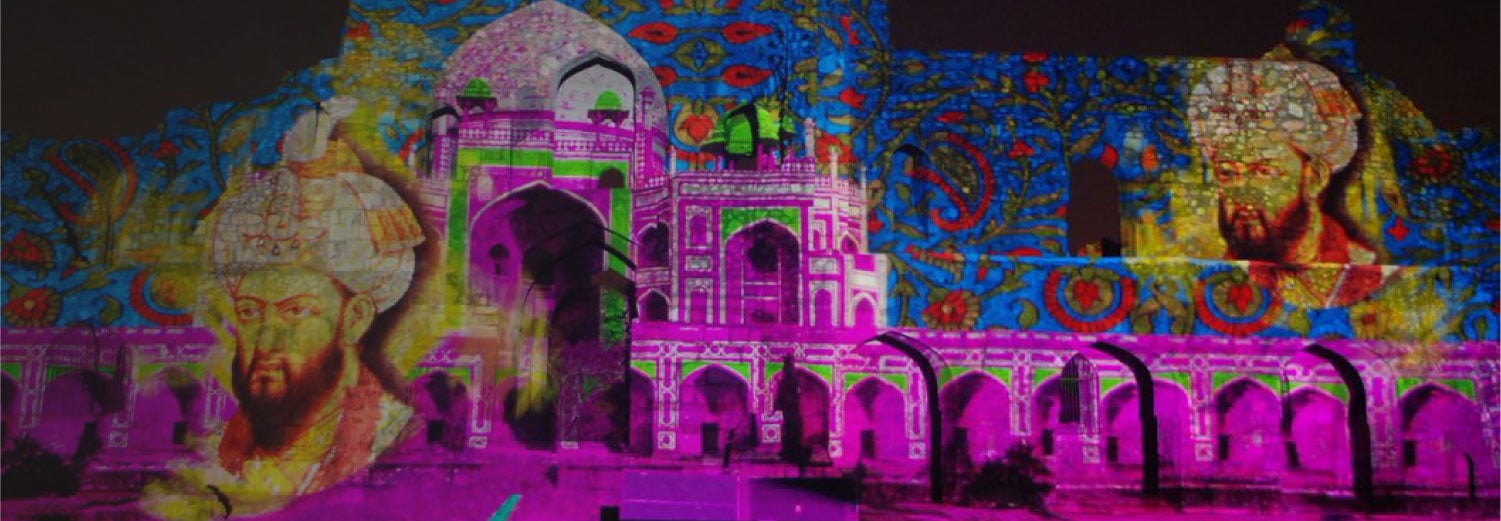
AV shows monuments do matter
And why there’s no better way to explain why they’re there and what they truly mean
Learn more